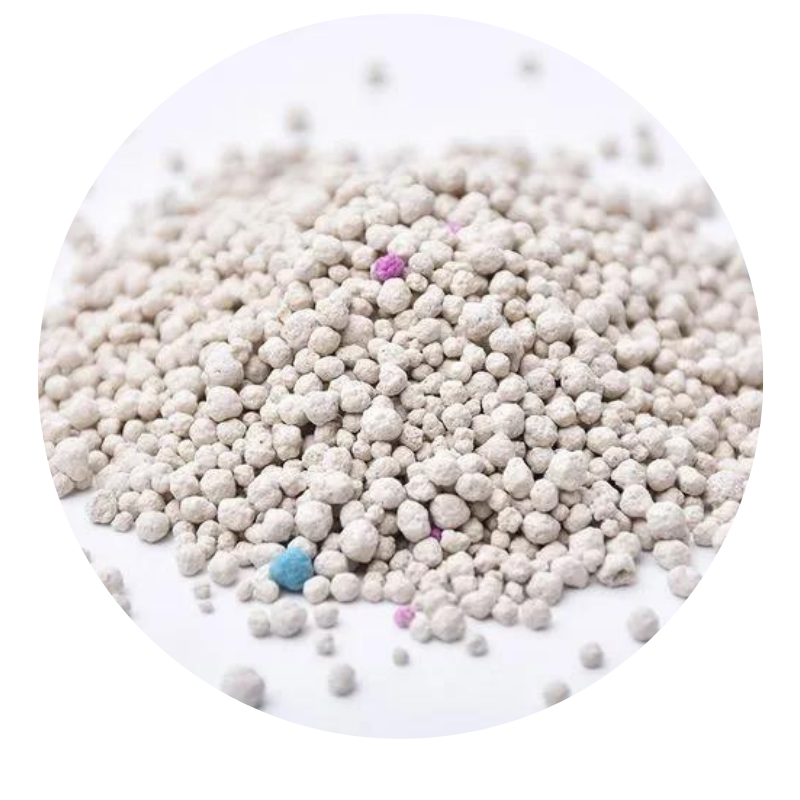
marble dust price
The Economics of Marble Dust Understanding Price Dynamics
Marble dust, a fine powder derived from the crushing of marble, has found extensive applications across various industries, including construction, art, and agriculture. Its versatility, durability, and aesthetic appeal make it a sought-after material. However, as with any commodity, its price is subject to fluctuations based on several factors. This article delves into the intricacies of marble dust pricing, the elements influencing its cost, and its market implications.
The Basics of Marble Dust
Marble dust is often produced as a byproduct in the marble quarrying and processing industry. When large marble blocks are cut into slabs for use in flooring or countertops, small particles are generated, which are then collected and ground into fine dust. This dust can be used in various applications such as
1. Construction Marble dust is commonly used as an additive to cement, enhancing the material's properties. It acts as a filler, improving compressive strength and giving concrete a smoother texture.
2. Art and Decoration Artists often use marble dust in sculpture, painting, and home décor. It's particularly valued for its ability to create texture and depth in artistic projects.
3. Agricultural Use Marble dust serves as a soil amendment, helping to improve soil quality by increasing alkalinity and providing essential minerals.
Given these diverse applications, the demand for marble dust is influenced by trends in these various sectors
.Factors Influencing Marble Dust Prices
1. Raw Material Costs The primary factor affecting the price of marble dust is the cost of raw marble itself. Changes in quarrying costs, transportation expenses, and the quality of the marble all play significant roles in determining the price of the resulting dust.
marble dust price

2. Market Demand Demand fluctuations in construction and art industries significantly influence marble dust prices. For example, during a construction boom, increased demand for concrete and related materials can drive up the price of additives like marble dust.
3. Geographical Factors Marble mining is concentrated in specific regions around the world, such as Italy, Greece, and India. Transportation costs and regional availability can lead to price disparities depending on the buyer's location.
4. Quality and Purity The quality of marble dust, including its granule size, purity, and color, can also impact pricing. Higher quality, purer dust that is free of contaminants generally commands a premium price.
5. Environmental Regulations Stringent environmental regulations can affect both the cost of mining marble and the production of dust. Compliance with these regulations may necessitate additional investments in eco-friendly practices, which can, in turn, increase prices.
Current Market Trends
As of late 2023, the market for marble dust has shown resilience, with prices generally trending upward due to the recovery of the construction and art sectors post-pandemic. The growing interest in eco-friendly building materials has also bolstered demand for marble dust as a sustainable construction additive. Moreover, innovations in processing techniques that yield finer and purer dust have enhanced its appeal, thus impacting its market price.
In addition, the rise of artistic projects that integrate natural materials has resulted in a steady demand for marble dust among artists and craftspeople. With the shift toward sustainable art practices, marble dust can be positioned as an attractive option compared to synthetic alternatives.
Conclusion
Understanding the price dynamics of marble dust involves navigating a complex landscape of production costs, market demand, geographical influences, quality variations, and regulatory frameworks. As industries continue to evolve and the popularity of eco-friendly materials rises, marble dust is likely to maintain its status as a valuable commodity. Future price trends will depend on the balance between supply and demand, as well as the industry’s adaptability to changing market conditions. For buyers, staying informed about these trends will be essential for making cost-effective decisions. Whether for construction, artistic endeavors, or agricultural applications, marble dust remains a fascinating subject of economic study—one that underscores the interconnectivity of materials and markets in today’s global economy.
Share
-
Premium Resin Coated Sand - High Heat Resistance CastingNewsJul.31,2025
-
High Quality Silicon Carbide Grit for Abrasive ApplicationsNewsJul.30,2025
-
High-Quality Ceramsite for Plants & Gardening | Lightweight PebblesNewsJul.29,2025
-
Premium Burgundy Glass Marbles for Vases & Shooter GamesNewsJul.29,2025
-
High Purity Quartz Sand for Industrial and Ground ApplicationsNewsJul.29,2025
-
High-Quality Barite Powder for Drilling & Industrial UseNewsJul.29,2025






